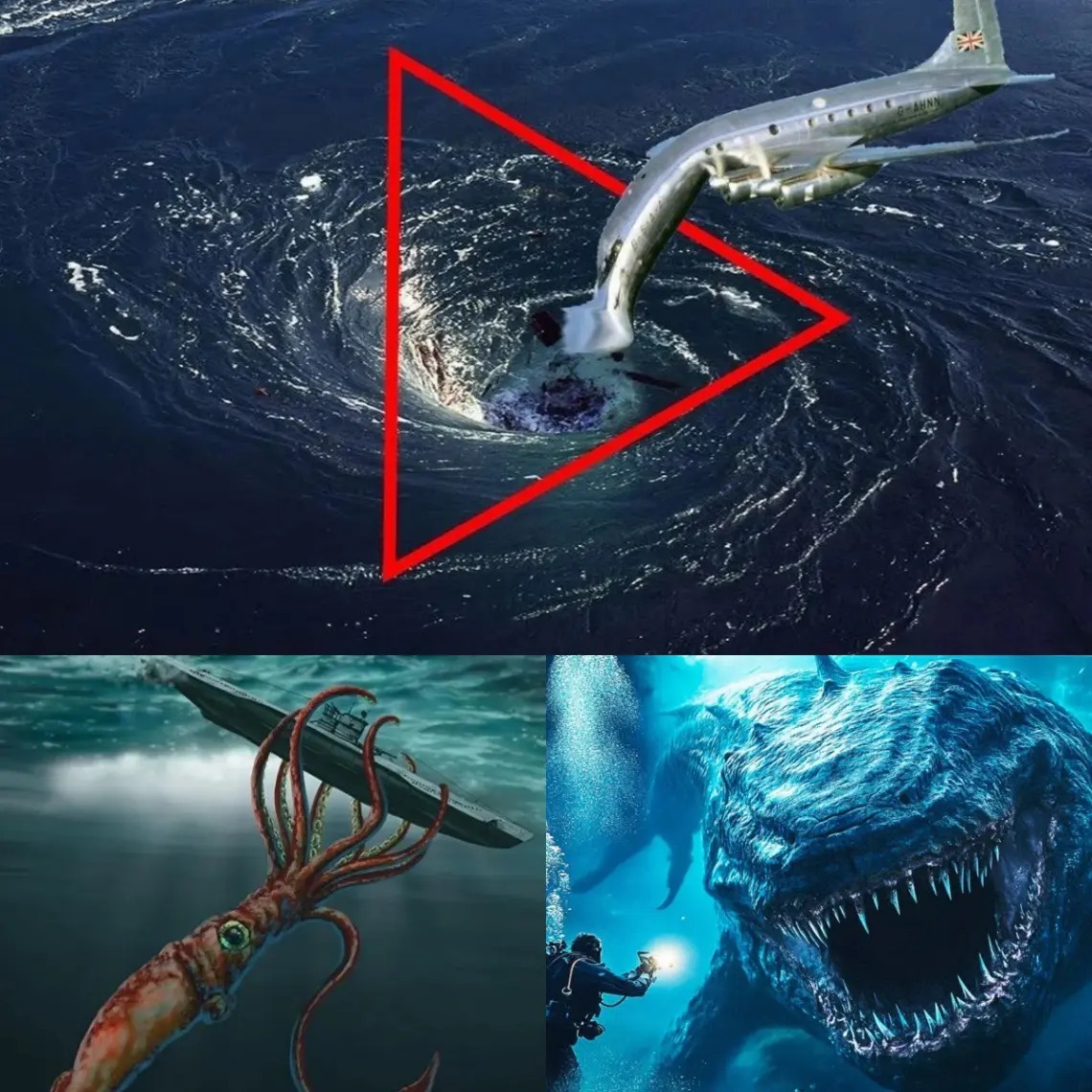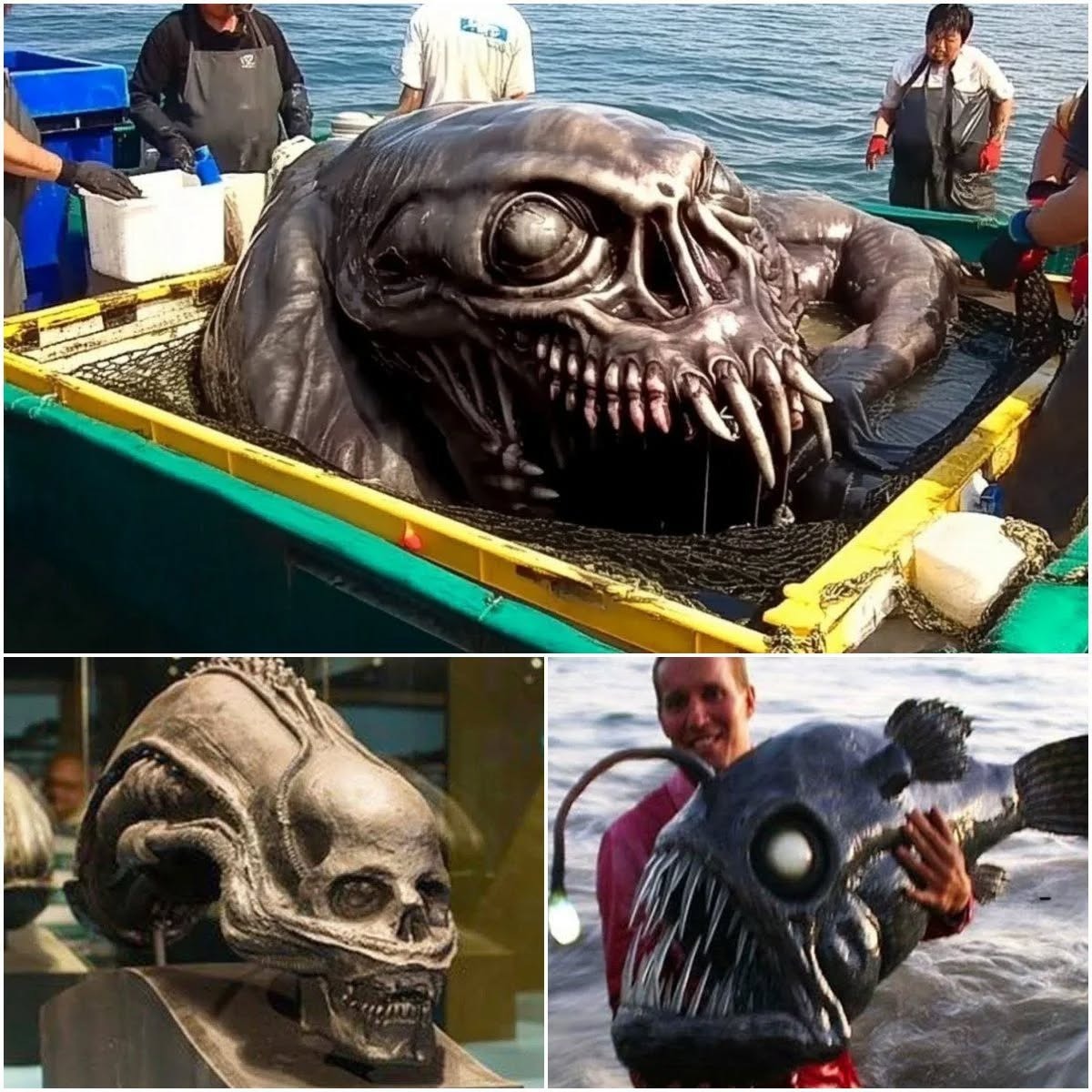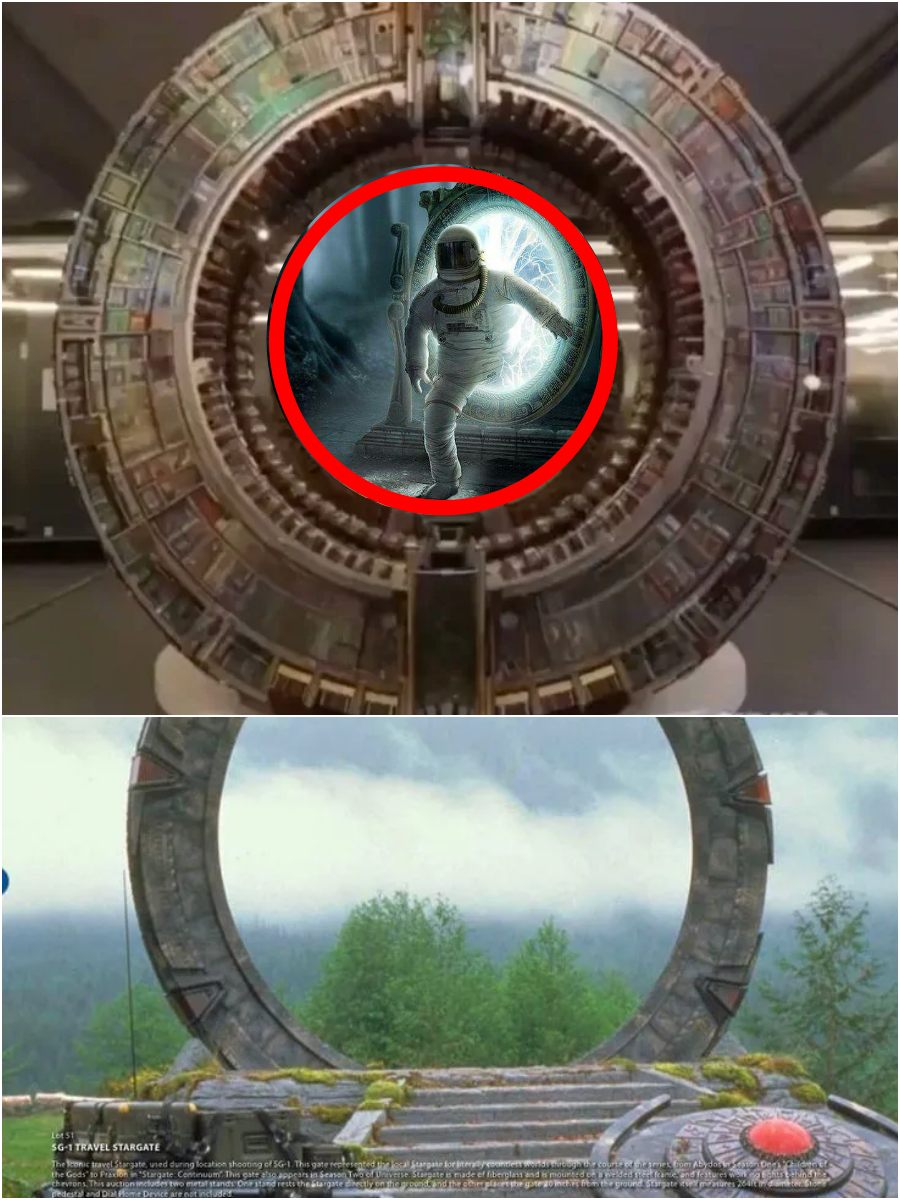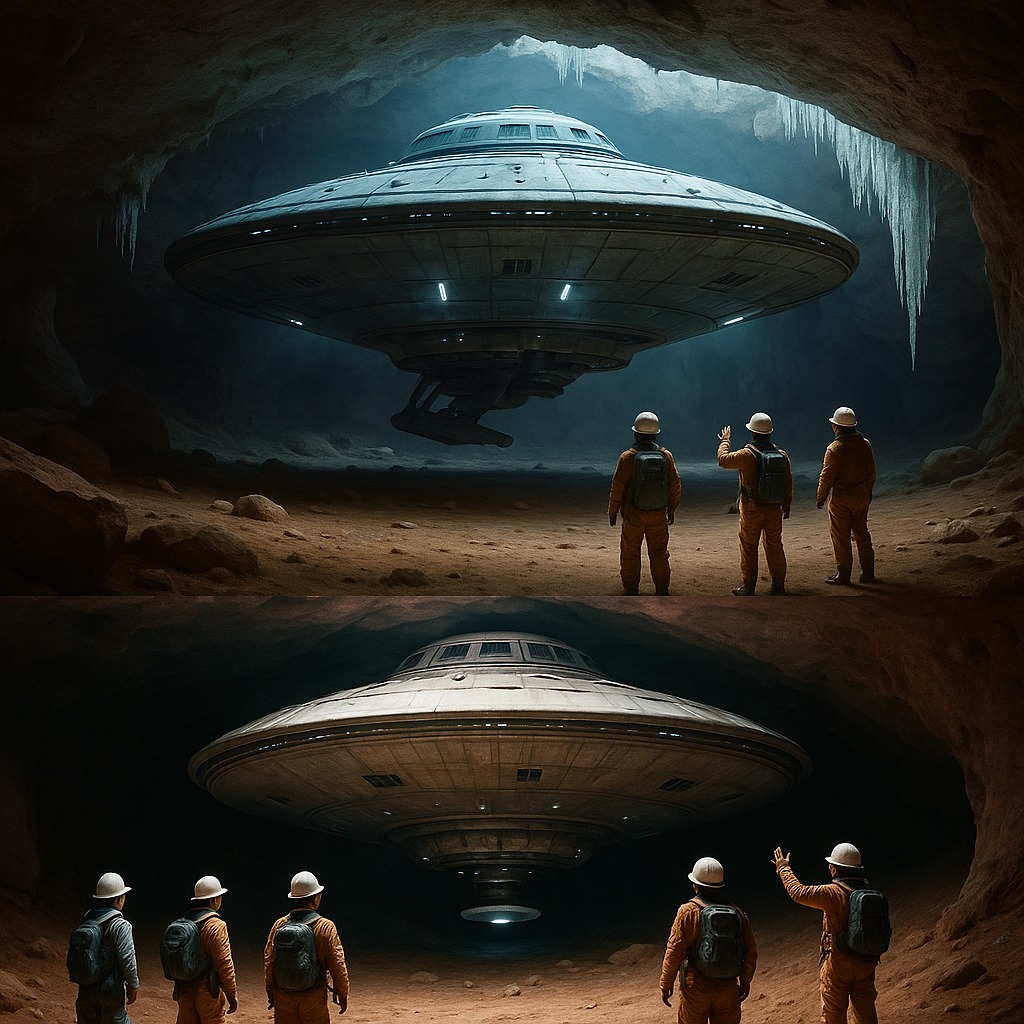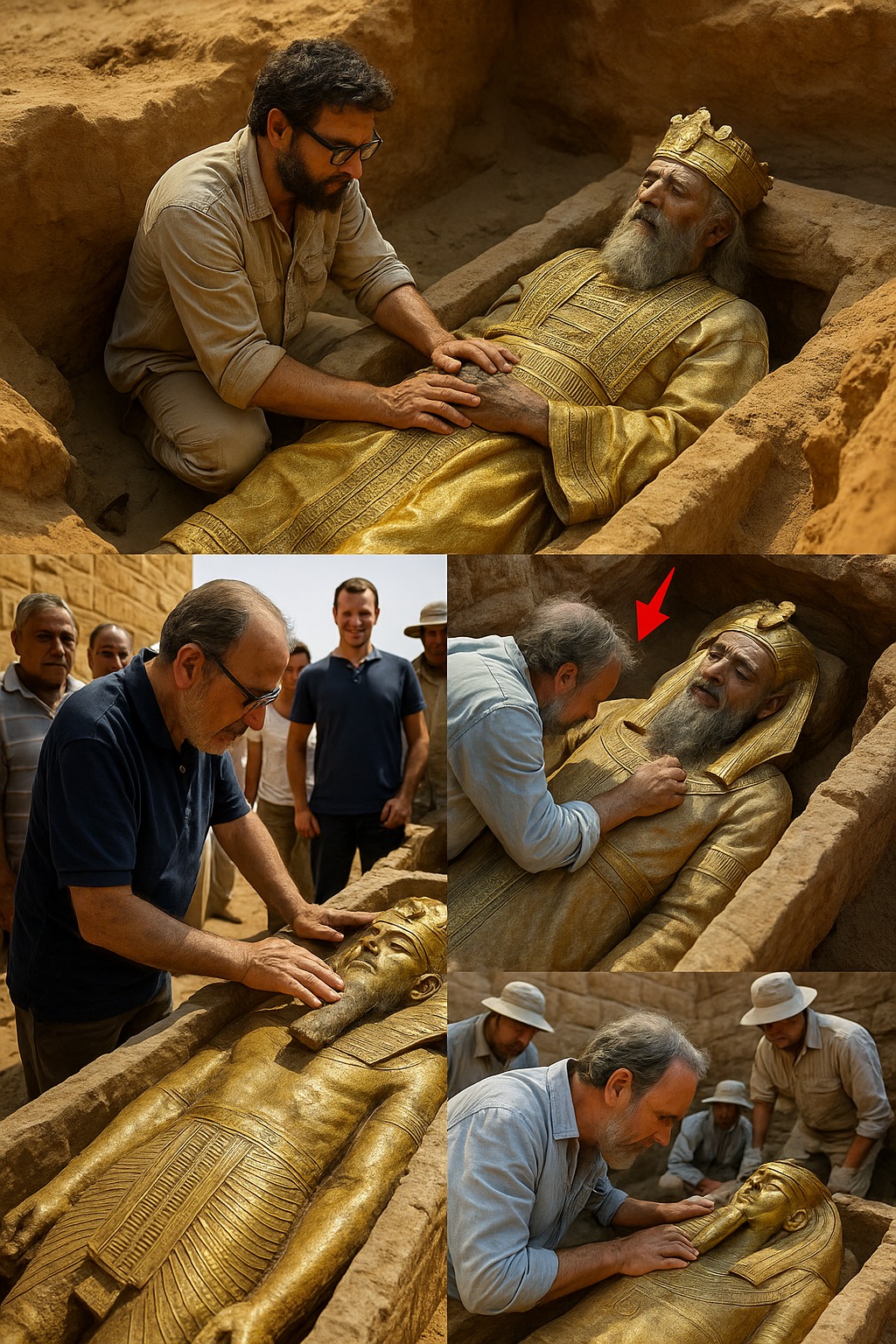El misterio del universo y el alma: ¡descifrando la conciencia humana desde el Big Bang hasta la reencarnación!
Según el profesor Bruce Greyson, jefe de la División de Estudios Perceptivos (DOPS) del Sistema de Salud de la Universidad de Virginia (EE.UU.), las experiencias cercanas a la muerte ocurren en el 10% de los pacientes con paro cardíaco. Al recuperar la conciencia, estos pacientes pueden describir con precisión todo lo que sucede a su alrededor mientras estaban inconscientes. Sorprendentemente, en muchos casos de experiencias cercanas a la muerte, las lecturas de EEG y otras pruebas médicas muestran que el cerebro del paciente no mostró signos de actividad durante estos fenómenos.
El doctor Pim van Lommel, experto en experiencias cercanas a la muerte del Hospital Rijnstate (Países Bajos), coincide con esta perspectiva. Afirma que durante un estado cercano a la muerte, “los pacientes no sólo permanecen conscientes sino que su conciencia se expande más que nunca. Pueden pensar con una claridad excepcional, recordar vívidamente recuerdos de la infancia y sentirse profundamente conectados con todos y con todo lo que les rodea, aunque su cerebro no muestre signos de actividad”.
Según el profesor Peter Fenwick del Instituto de Psiquiatría del King's College de Londres (Reino Unido): "Si se puede demostrar que las personas todavía reciben información mientras están inconscientes y fuera del cuerpo, sería una prueba innegable de que la conciencia existe independientemente del cerebro".


Quizás la idea del alma surgió de tales circunstancias. Desde la antigüedad, los humanos que experimentaban estados extracorporales creían que su espíritu se separaba de su forma física durante estos momentos. Esta creencia llevó a la convicción de que era posible una existencia más allá del cuerpo físico.
La evidencia científica más sorprendente relacionada con el alma proviene de la mecánica cuántica, específicamente de los estudios sobre fenómenos subatómicos que contribuyen a la conciencia. Las opiniones tradicionales sugieren que nuestra conciencia surge de una red de miles de millones de neuronas. Sin embargo, los profesores Stuart Hameroff (Universidad de Arizona, EE. UU.) y Roger Penrose (Universidad de Oxford, Reino Unido) han propuesto una teoría que sugiere que la conciencia también es producto de cálculos cuánticos que ocurren en los microtúbulos, estructuras diminutas dentro de las células cerebrales.


En el pasado, muchos creían que tal mecanismo no podía existir porque las primeras computadoras cuánticas sólo funcionaban en ambientes extremadamente fríos, a diferencia de las altas temperaturas del cerebro. Sin embargo, los estudios de los últimos cinco años han demostrado que la mecánica cuántica desempeña un papel en muchos procesos biológicos no fríos, incluida la fotosíntesis.
Un estudio realizado por Anirban Bandyopadhyay del Instituto Nacional de Ciencia de Materiales de Japón reveló la posibilidad de que los bits cuánticos de información puedan permanecer coherentes incluso a altas temperaturas dentro de los microtúbulos individuales de las células.
Esta coherencia entre los microtúbulos se mantiene mediante energía biológica. Cuando cesa el suministro de sangre y oxígeno, la coherencia desaparece, pero la información cuántica no desaparece. Puede dispersarse en el universo, persistiendo y funcionando de alguna forma. Si un paciente es reanimado, el cerebro puede recuperar esta información. Esto podría explicar por qué las personas que han tenido experiencias cercanas a la muerte pueden percibir el mundo que les rodea mientras están inconscientes.


Si esta hipótesis es cierta, surge la pregunta: ¿Dónde se origina el proceso cuántico que forma la conciencia? Según el profesor Penrose y algunos científicos, se remonta al Big Bang. Desde este punto de vista, todas las formas de conciencia fueron creadas al mismo tiempo que el universo. Si el alma existe, puede estar inherentemente ligada a los orígenes del cosmos.
La idea del profesor Penrose apunta a un mecanismo que permite que la conciencia persista incluso después de que el cuerpo físico haya muerto. ¿Pero adónde va? Según el profesor Hameroff: “Si el paciente no revive, la conciencia ingresa al universo y puede, en algún momento, ser absorbida por otro cuerpo”.
Actualmente, el DOPS tiene aproximadamente 1.400 casos documentados de tales fenómenos. La mayoría involucra a niños que recuerdan vívidamente vidas pasadas. Estos niños pueden contar quiénes eran, dónde vivían, qué hacían, cómo eran y muchos otros detalles.


Ian Stevenson, uno de los psiquiatras más importantes de Estados Unidos y fundador del DOPS, comenzó a recopilar historias de vidas pasadas en 1960. Entre sus registros hay casos en los que niños nacieron con marcas de nacimiento que coincidían con las heridas que habían sufrido en sus vidas anteriores. Algunos tenían mucho miedo de los objetos o eventos relacionados con sus muertes en vidas pasadas.
Stevenson y sus colegas nunca afirmaron que la reencarnación ocurra definitivamente. Sólo buscaron recopilar pruebas de su posibilidad. En la ciencia, tal evidencia tal vez nunca sea suficiente para probar la existencia del alma humana después de la muerte del cuerpo o su posterior reencarnación en uno nuevo. Sin embargo, esto no significa que podamos negar categóricamente la existencia del alma.


